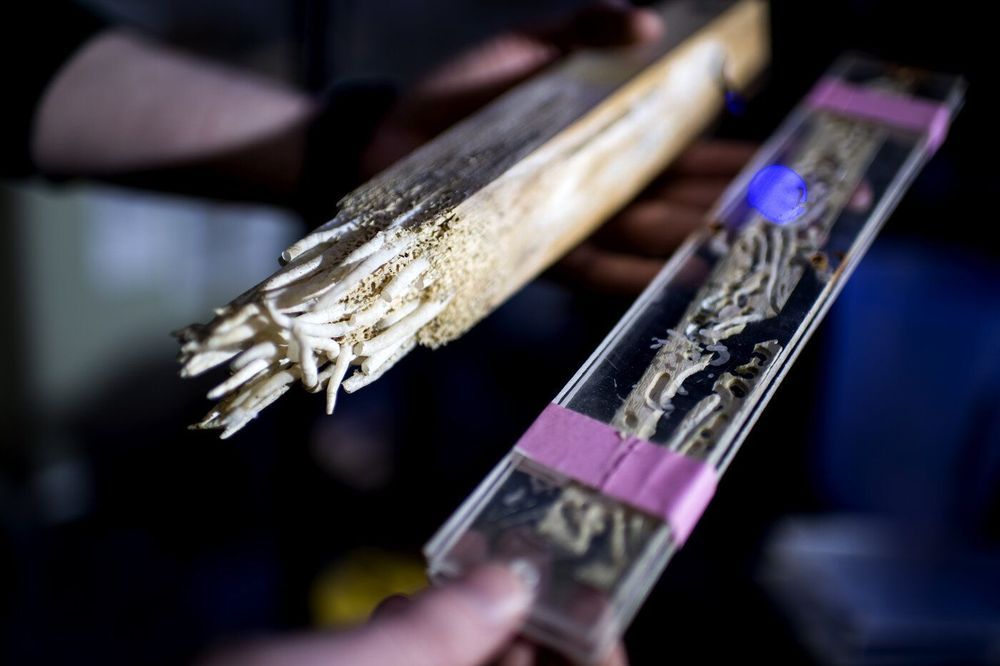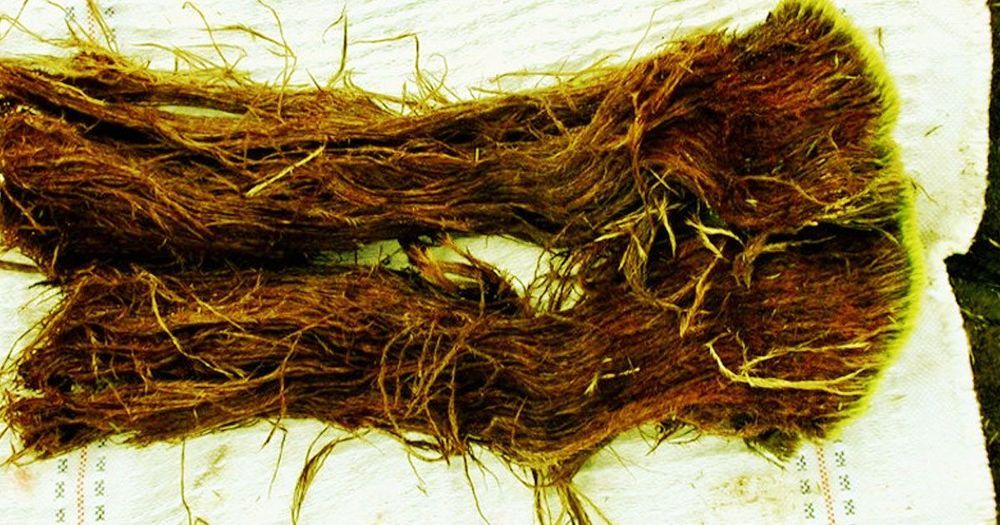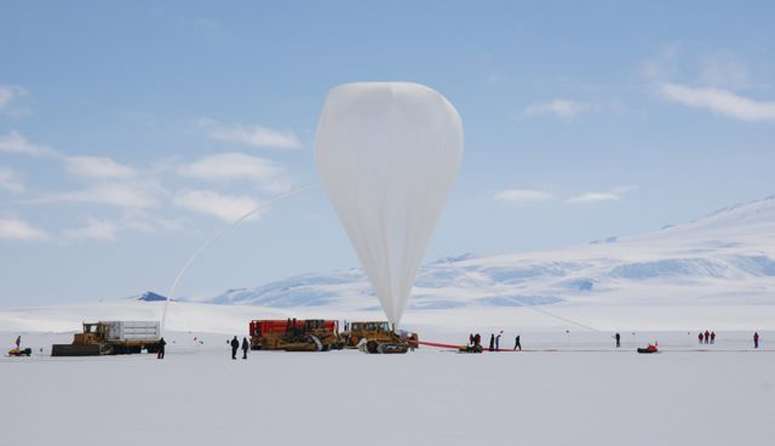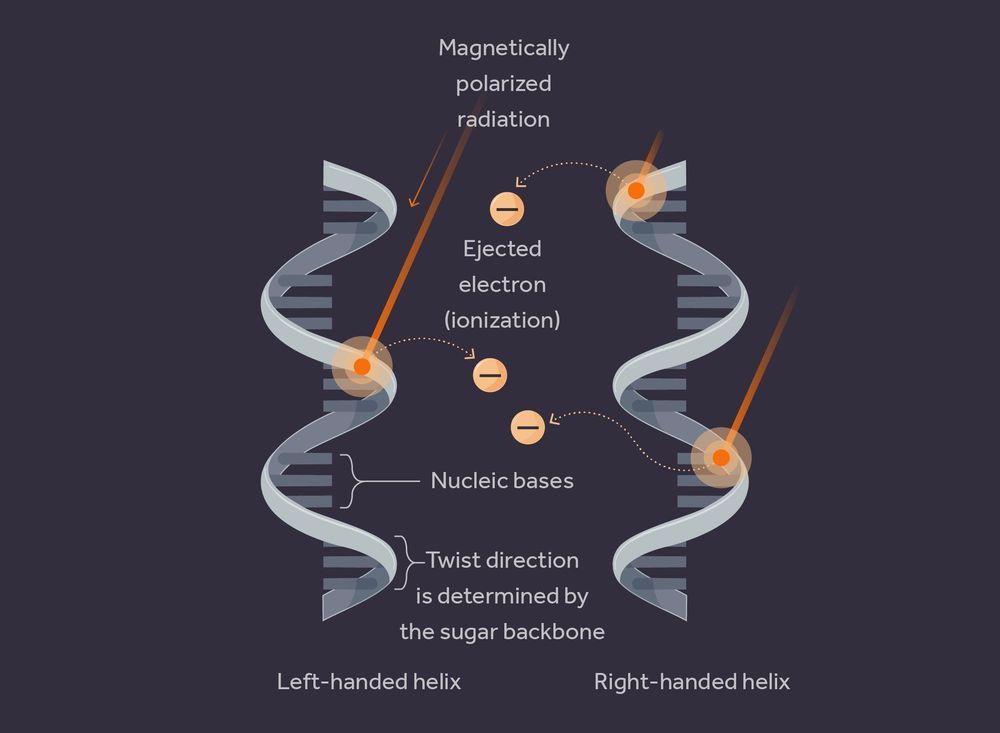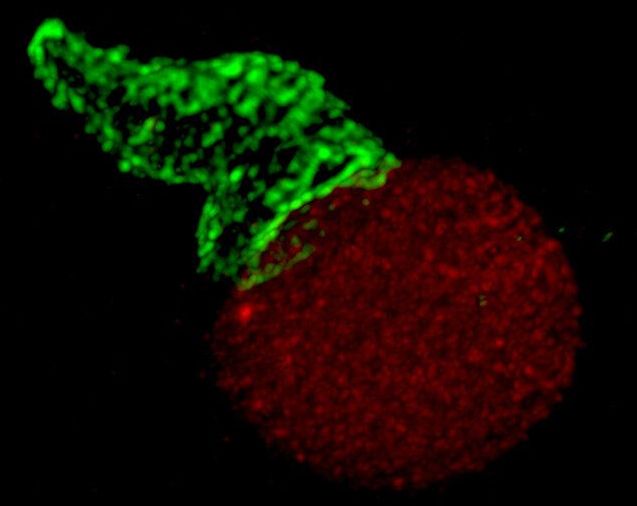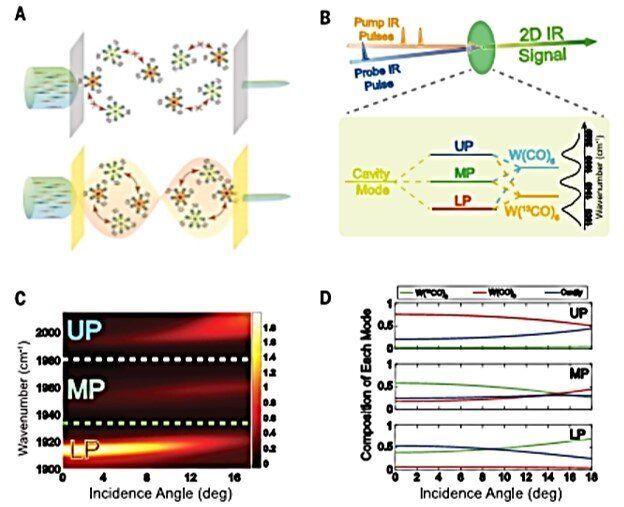May 21, 2020
Hacking Darwin: Genetic Engineering and the Future of Humanity
Posted by Mike Diverde in categories: bioengineering, biotech/medical, evolution, genetics, Ray Kurzweil
I always enjoy the perspective of David Wood, and in this session of the London Futurists there is a panel discussion about genetic engineering in the future.
Our DNA is becoming as readable, writable, and hackable as our information technology. The resulting genetic revolution is poised to transform our healthcare, our choices for the characteristics of the next generation, and our evolution as a species. The future could bring breathtaking advances in human well-being, but it could also descend into a dangerous genetic arms race.
Continue reading “Hacking Darwin: Genetic Engineering and the Future of Humanity” »

